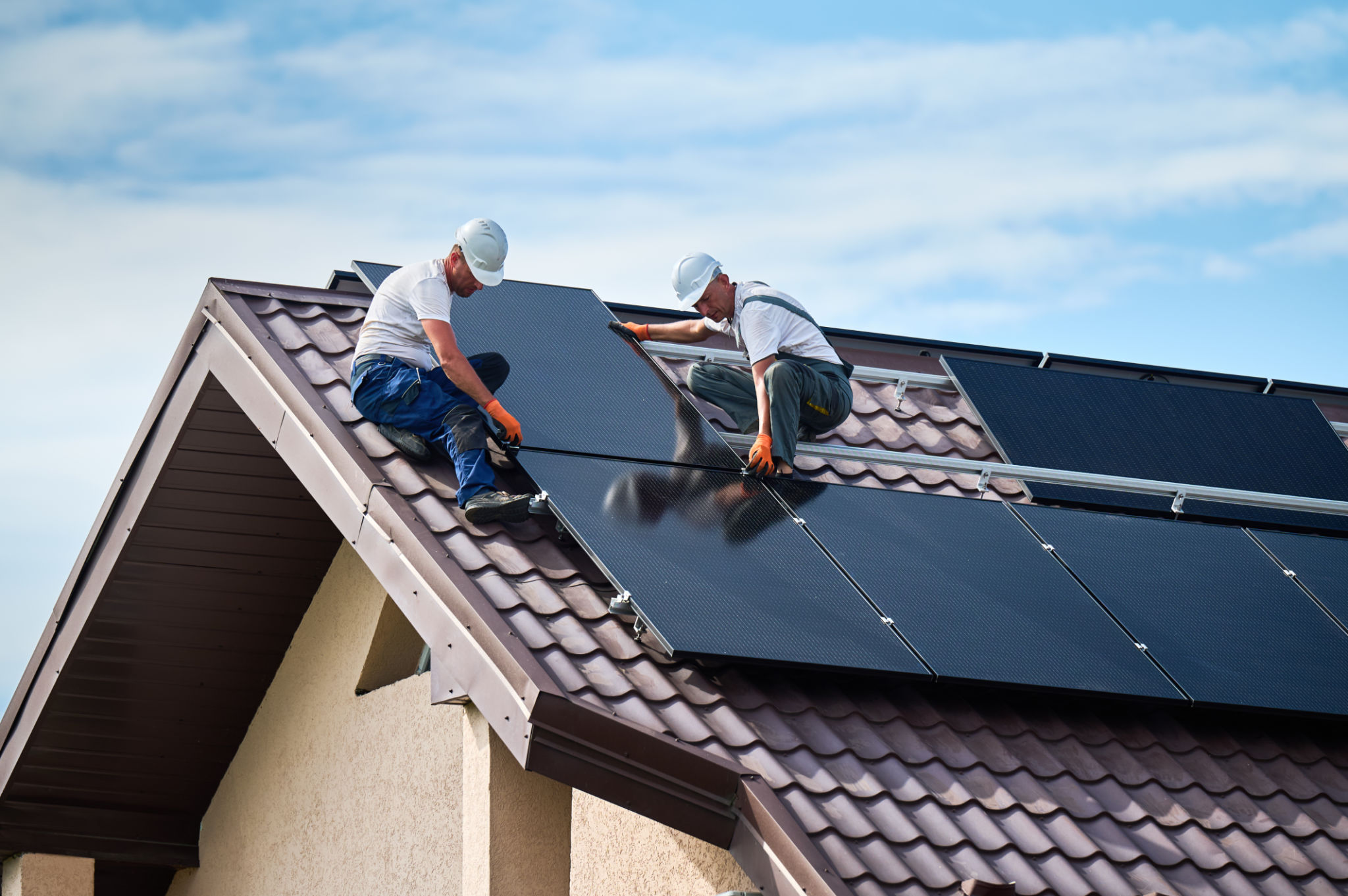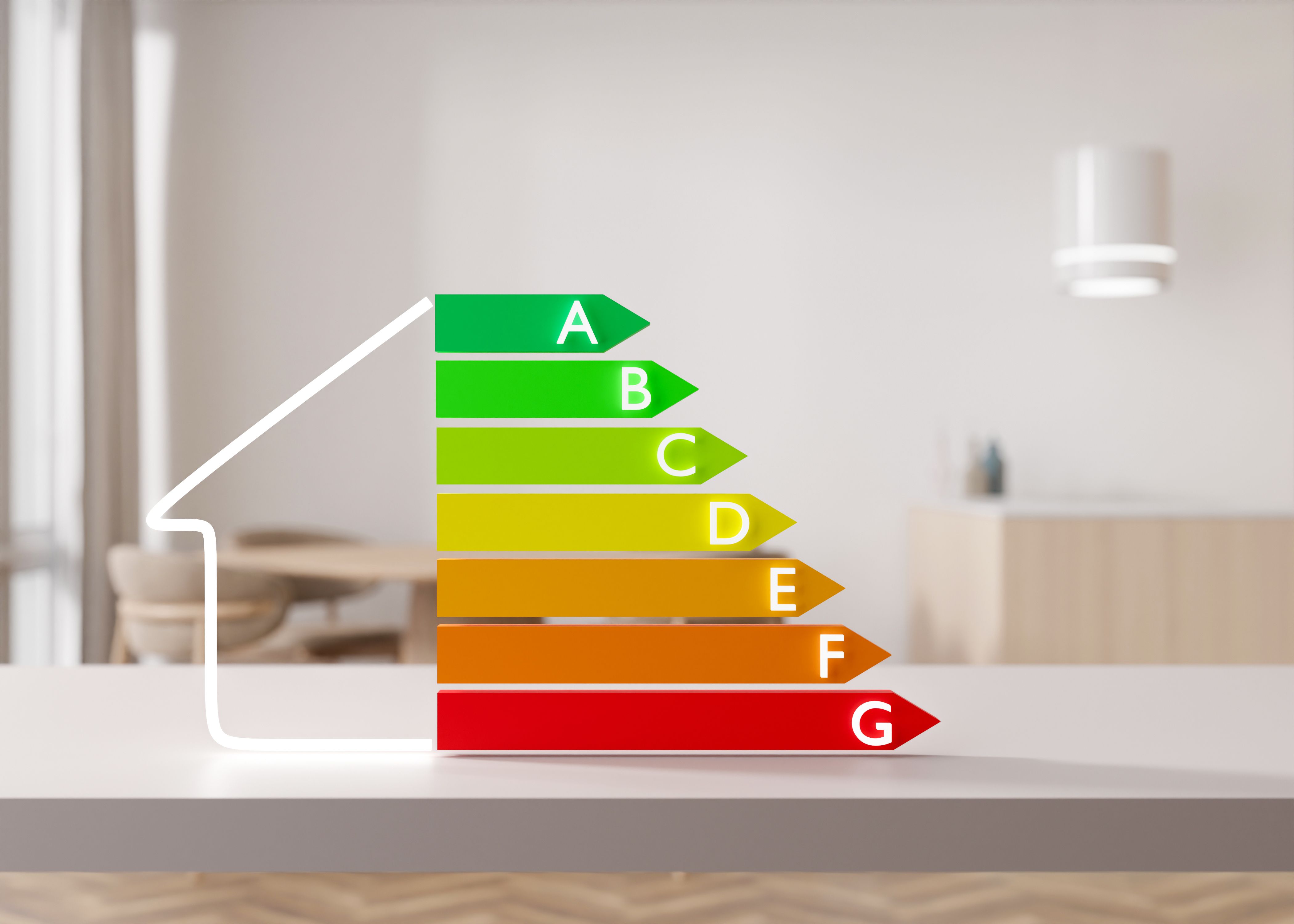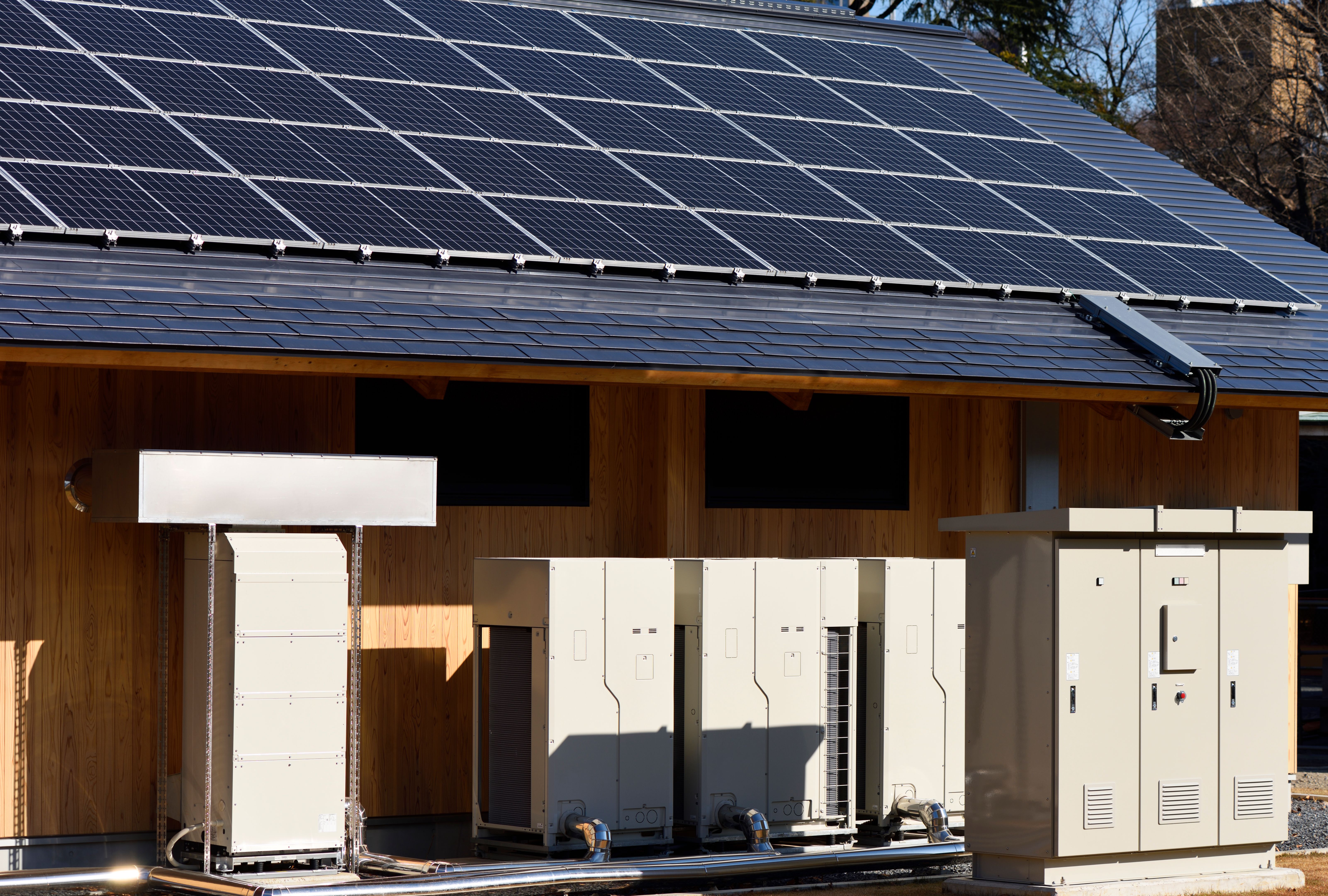Maximizing Energy Trading with Hybrid Inverters and Battery Integration
Understanding Hybrid Inverters and Battery Integration
In energy trading, the ability to export significant power during peak pricing events is crucial. For electricians designing systems for clients aiming to capitalize on these opportunities, understanding the impact of inverter sizing and battery integration is essential.

Three-Phase Systems beat singles beat AC coupled
In single-phase systems, export limitations are more restrictive. Typically, there's a fixed export limit of 5 kW per phase. However, many networks restrict you to 10 kW per phase of inverter capacity . Despite these limitations, integrating a hybrid inverter with battery storage can still provide some benefits. By storing energy during low-demand periods and discharging during peak pricing events, homeowners can maximize their minimize their exposure but will strugle to profit from price peaks.
Now consider a three-phase system where the total inverter capacity increases from 10 kW to 30 kW. If the household consumes 4 or 5 kW during peak demand, the export capacity jumps from 5 kW to 26 kW—a dramatic increase. This substantial boost in export potential directly translates to higher revenue during peak pricing periods.
To visually represent the impact of increasing inverter capacity on export potential, consider the following scenarios:
Export Capacity Scenarios
| Inverter Capacity | Household Consumption | Maximum Export Capacity | Maximum Earnings per hour* |
| 5 kW | 4 kW | 1 kW | $17.00 |
| 10 kW | 4 kW | 5 kW | $102.00 |
| 30 kW | 4 kW | 26 kW | $442.00 |
* yes we have customers do that last month but typically only happens a few times year but the larger point is more is more.
In the first scenario, with a 5 kW inverter and 4 kW household consumption, there's very little excess energy to export. Upgrading to a 10 kW inverter allows for 6 kW of export capacity. Further increasing to a 30 kW inverter boosts export capacity to 26 kW, representing a 6X and 26X increases in export ability.
This demonstrates that larger inverter capacities, especially in three-phase systems, can significantly enhance the ability to export energy during peak pricing periods, thereby maximizing potential revenue from energy trading.
It's important to note that actual export limits may be subject to regulations set by your local Distribution Network Service Provider (DNSP). Also, you don't want to promise anyone can export at $17/kWh every night as those peak nights only happen a few times a year. We found 22 days last year accounted for half all the earnings for our sites. Another interesting note about the $17/kWh figure, AEMO has raised that to $20 as of 1st July 2025.

The Role of Hybrid Inverters with Battery Storage
Hybrid inverters equipped with battery storage are pivotal in this setup. They allow for the storage of excess solar energy during periods of low demand or low prices and enable rapid discharge during peak demand when prices are high. This capability ensures that the system can deliver maximum power to the grid precisely when it's most profitable.
Strategic Implementation
For clients interested in energy trading, it's advisable to:
Maximize Inverter Capacity: Install the largest permissible inverter capacity per phase to enhance export potential.
Integrate Battery Storage: Incorporate sufficient battery storage to store excess energy and provide flexibility in energy dispatch.
Employ Smart Energy Management: Utilize advanced energy management systems to monitor grid prices and automate the timing of energy exports.
By focusing on these areas, electricians can design systems that not only meet their clients' energy needs but also optimize financial returns through strategic energy trading.

In the evolving landscape of Australia's energy market, the shift from AC-coupled to hybrid inverter systems is becoming increasingly pertinent. This transition is driven by changes in feed-in tariffs and the growing importance of energy trading during peak demand periods.
AC-Coupled Systems: Initial Advantages and Emerging Limitations
AC-coupled systems have been a popular choice for integrating batteries into existing solar setups. They allow for the addition of battery storage without replacing the existing solar inverter, making them a cost-effective solution. However, these systems often face limitations imposed by Distribution Network Service Providers (DNSPs) regarding inverter capacity and export limits. For instance, in single-phase systems, the total inverter capacity is typically capped at 10 kW, which includes both the solar and battery inverters . This constraint can restrict the system's ability to export excess energy to the grid, particularly during peak demand periods when energy prices are highest.
Conclusion
The transition from AC-coupled to single larger hybrid inverter systems reflects the broader changes in Australia's energy market. As feed-in tariffs decline and energy trading becomes more dynamic, the ability to efficiently manage and export stored energy during peak periods is increasingly valuable. Homeowners and electricians should consider these factors when designing or upgrading solar and battery systems to ensure long-term viability and financial returns.
